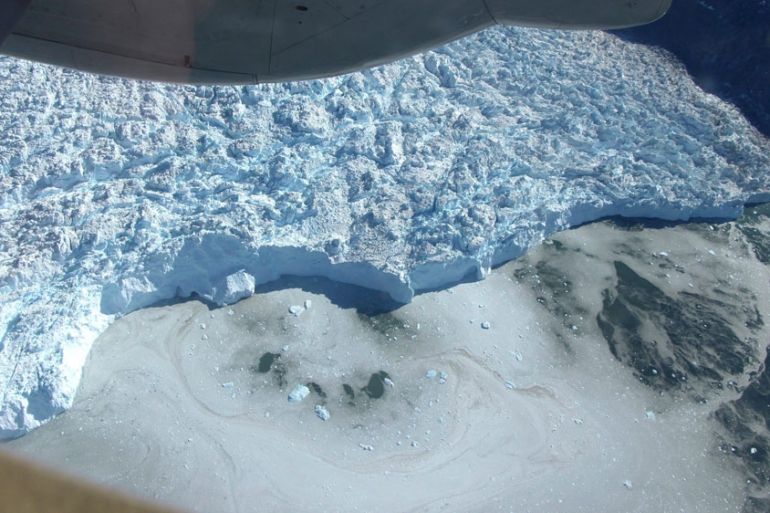NASA: World temperatures continue to rise
The world breaks more temperature records, loses more ice and shows unprecedented CO2 levels, NASA reports.

Breaking records two decades ago was a noteworthy event, now it is commonplace. “Abnormal is the new normal,” said David Carlson, director of the World Climate Research Programme within NASA’s Goddard Institute for Space Studies.
“The state of the climate so far this year gives us much cause for alarm,” he added. “The rapid changes in the Arctic are of particular concern. What happens in the Arctic affects the rest of the globe.”
Keep reading
list of 4 itemsAsia bears biggest climate-change brunt amid extreme weather: WMO
Photos: Highest-level rainstorm warning issued in south China’s Guangdong
Europe endured record number of ‘extreme heat stress’ days in 2023
Snow and Ice
Satellite records of Arctic sea ice cover go back 38 years, and this May shows the sparsest sea ice cover yet observed. Northern hemisphere snow cover measurements go back to 1966 and this spring (March, April, and May) recorded the lowest extent on that record.
Snow started melting, in its retreat from Barrow, Alaska, on May 13. In 78 years of records, this annual retreat has never started this early.
Snow is highly reflective and effectively stops the sun warming the ground. When there is less snow cover or an early retreat, winter and spring sunshine warms the ground more, and sooner, than usual.
This is a positive feedback mechanism in that if the ground starts summer warmer than normal, it enters winter warmer than normal and prevents snow sticking or ice forming until later than is usual.
This process repeats itself year after year until, eventually, it no longer gets cold enough for snow to settle.
Temperature
This May was the hottest May on record. Spring was the hottest spring on record. Alaska had its warmest known spring by a wide margin. Most parts of Finland were 3C to 5C warmer than usual for May. Nuuk in Greenland saw an unprecedented June temperature of 24.8C on June 9. Australia had its warmest autumn to date.
Last year’s El Nino event contributed to the high temperatures and, in doing so, it simply boosted the background trend. Since the last big El Nino of 1997-98, carbon dioxide emissions produced by mankind have increased by 25 percent.
The CO2 content gives a measure of the atmosphere’s capacity to hold heat. It has long been measured on the Hawaiian island of Mauna Loa.
The figure of 400 parts per million CO2 was reached here in 2015. This amount of CO2 in the Earth’s atmosphere has not happened in human history but is likely to continue to rise.